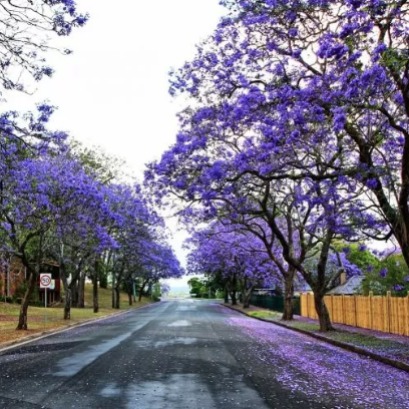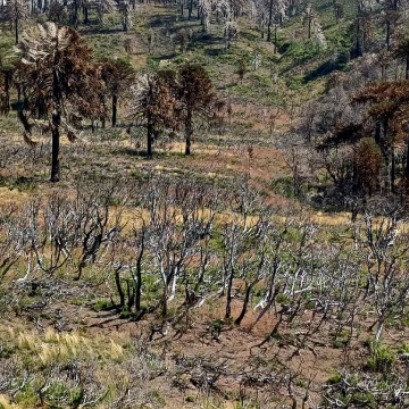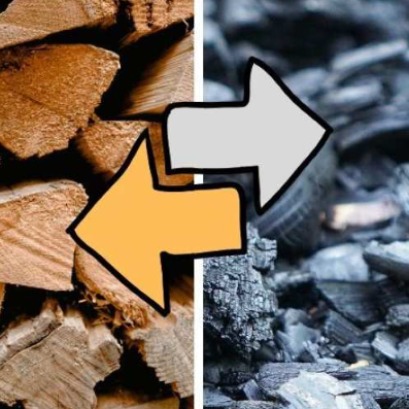
This tree was chosen as the most beautiful in the world and is only in these 3 Latin American countries
Originally from Latin America, the beauty of this tree lies in its height, or in its foliage: it is its flowers as beautiful as indefinite that make it considered the most beautiful in the world.
As curious as it seems, the most beautiful tree in the world is not recognized by its green leaves or its height: it is its flowers, of a lilac tone that give it its uniqueness. This is Jacarandá, only present in 3 Latin American countries: Argentina, Paraguay and Bolivia that each spring offers a unique show covering streets, squares and avenues with its unique beauty. If well today the Jacarandá is value A tree like the most beautiful in the world and adds next to the Jacarandá to two other species on the podium: the Japanese Arce and the Ginkgo Biloba. The inverted tree portal, however, is one of those that ensures that the first place is taken by the lilac flower tree. Originar of the subtropical and temperate forests of Latin America, the elegance of its shape and the intensity of its flowering make Jacarandá a shocking species in terms of beauty. His name is of tupí origin and means fragrant and, for some cultures the Jacarandá has a deep emotional value identified with renewal, hope and regional pride. Even thus, the Jacarandá currently faces threats derived from urban expansion and the loss of its natural habitat. In that sense, Jacarandá was introduced in areas outside the native culture habitat such as the province of Buenos Aires in Argentina, Ecuador, the Altiplano of our country, Florida, California and Central and Norte of Chile, among other places. Finally, the Jacarandá was named in 2015 distinctive tree of the city of Buenos Aires, in Argentina. The species was incorporated into the urban landscape at the end of the 19th century by adding it to streets and squares. At present, there are more than 11 thousand copies and 1,500 of them, they are in green spaces.
IT MAY INTEREST YOU
 Specialists from 10 provinces develop forest landscape restoration strategies throughout the country
Specialists from 10 provinces develop forest landscape restoration strategies throughout the country
The program is developed by researchers from INTA, Conicet and the Argentine Wildlife Foundation.
 Canadian researchers make biochar from wood waste that rivals steel in strength
Canadian researchers make biochar from wood waste that rivals steel in strength
Researchers at the University of Toronto have developed monolithic biochar from wood that can reach an axial hardness of up to 2.25 GPa, similar to mild steel.
 Experts cant believe it, but this tree is the oldest in the world and continues to bear fruit: it is 4,000 years old.
Experts cant believe it, but this tree is the oldest in the world and continues to bear fruit: it is 4,000 years old.
Nature keeps secrets that defy the passage of time, and one of the most surprising examples is a tree that, approximately 4,000 years old, continues to bear fruit today. This specimen has become a symbol of resistance and longevity, capable of surviving climate changes, landscape transformations and human activity itself.





















